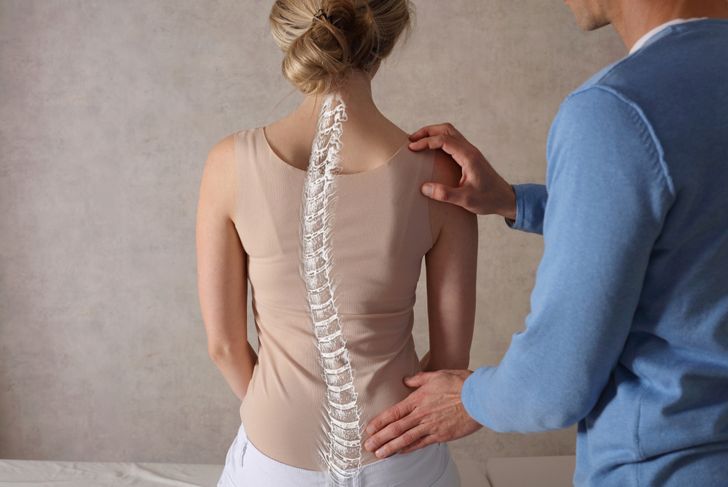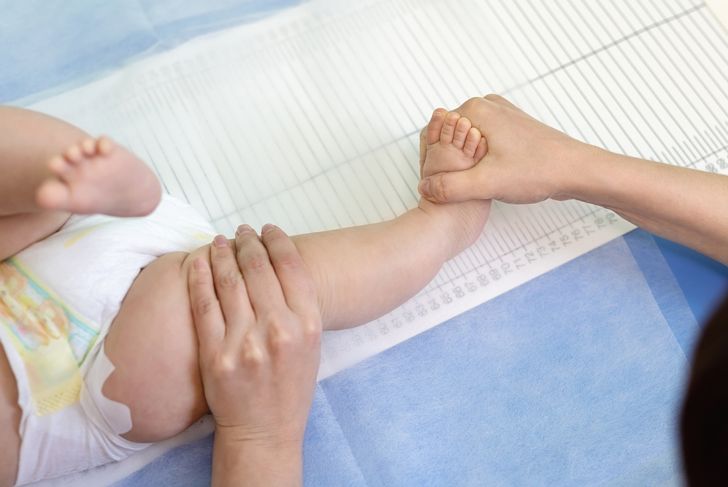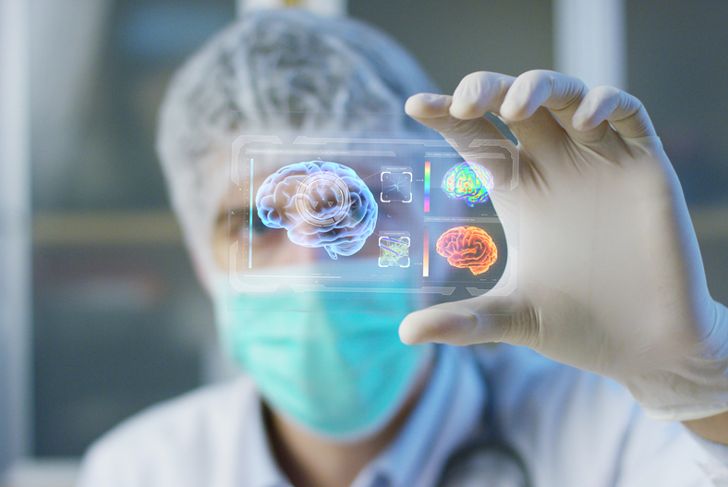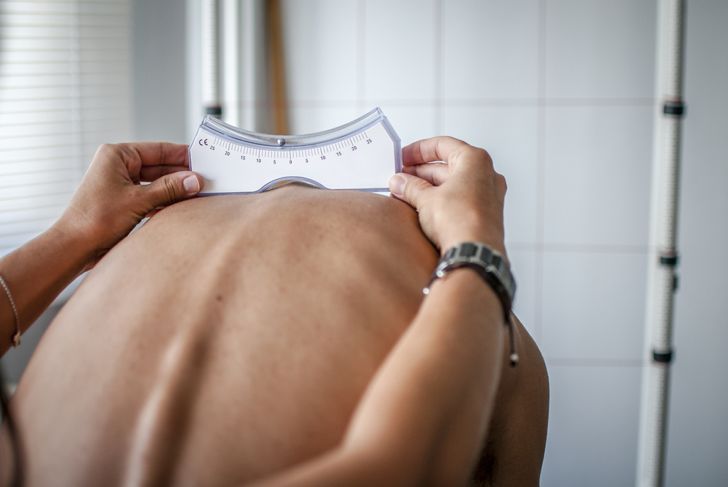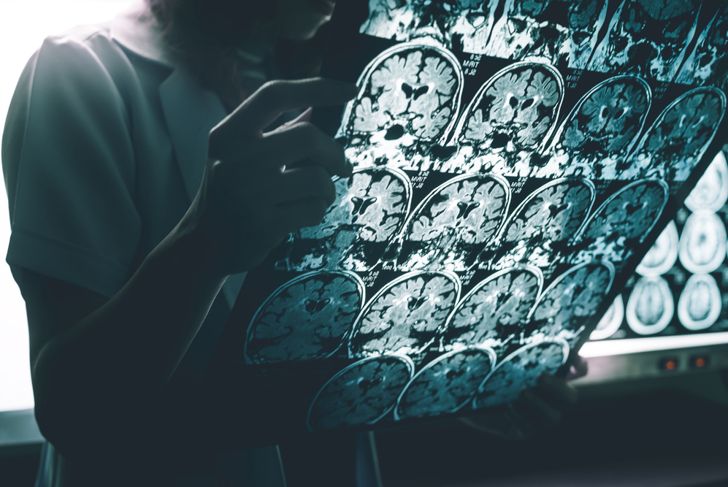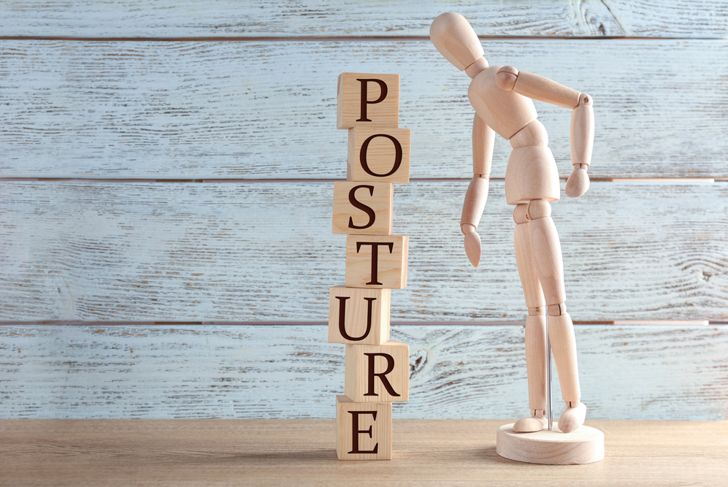Scoliosis is a condition that affects the curvature of the spine causing it to curve unnaturally. With this condition, the spine’s curve is shaped like an S or C, and the severity may increase over time. In most mild cases, treatment is not required and symptoms are limited. However, more severe cases can cause a variety of medical complications.
Cerebral Palsy
In some cases, scoliosis can be caused by cerebral palsy, especially in younger children. Cerebral palsy is a condition that affects the nervous system, namely the brain and the nerves. It mostly occurs after birth. During childhood, the risk of developing the condition increases due to muscular weakness as well as problems affecting balance. In this regard, it is essential to detect this condition as soon as possible to prevent complications from arising. Some of the first signs include clothes that no longer fit or hang unevenly. You can also examine the spine to check for correct curvature.
Neuromuscular Problems
Another frequent cause of scoliosis is problems of neuromuscular nature. In this case, neuromuscular scoliosis is when the curvature of the spine is affected directly by disorders of the brain and the spinal cord. The muscular system may also play a role in the development of the spine. In a considerable number of cases, kyphosis may also occur, but this depends on the exact circumstances of spine development. Over time, the muscles tend to become weaker, which may worsen symptoms and accentuate curvature. It’s essential to detect the condition as soon as possible to begin treatment.
Limb Length Inequality
A possible cause of scoliosis is limb length inequality. This is especially true when the legs are uneven in length. Regarding leg length discrepancy, it can be caused by true discrepancy or pelvic obliquity. To determine the presence of such a deformity, a practitioner will measure the length of the legs and compare the differences. If one leg is shorter than the other, then the diagnosis for the true discrepancy is definite. Scoliosis that is caused by limb length inequality is relatively uncommon, and in most cases can be treated by partaking in physical therapy.
Tumors
There are various tumors and other growths – both benign and malignant – that can cause scoliosis to develop in the long-term. People of any age can be affected, but older people are more likely to develop tumors. Young children, especially those with specific genetic conditions may be more prone to getting scoliosis. One of the most frequent tumorous conditions is neurofibromatosis. This is a genetic disease that causes benign tumors to develop along the nerves. The extent of the disease will affect the degree of spine curvature. It’s important to begin treatment as soon as possible to improve prognosis.
Idiopathic Scoliosis
Idiopathic scoliosis is by far one of the most common causes. It refers to a type of spinal deformity that is characterized by rapid onset as well as hasty progressions which can cause difficulties in achieving a full cure. It is vital to correctly identify the type of scoliosis as soon as possible to determine the optimal treatment, which may include surgery alongside physical therapy. Some of the first signs of this condition may consist of one shoulder or hip being more visible than the other, as well as different shoulder height.
Birth Defects
Although it is unusual, congenital disabilities are a possible cause of scoliosis. Only a handful of newborns will present characteristics associated with congenital disabilities. Some, such as those that affect the bones in the spine, may lead to scoliosis. In some cases, babies can are born with scoliosis, which is known as congenital scoliosis. The severity and the extent of each condition differ from person to person and is dependent on some variables including fetal development and the period in which the defects are found. Your doctor will provide you with further information regarding congenital disabilities.
Inherited Diseases
A considerable factor in a range of conditions and diseases in genetics, which runs in families. Having a particular genetic disposition can lead to or increase the likelihood of developing scoliosis. Most inherited diseases are rare and therefore difficult to treat. Fortunately, it is increasingly accessible to detect signs of scoliosis starting from a young age, increase prognosis and quality of life. Genetics can also play a role in acquiring diseases like osteoporosis or cerebral palsy. If someone in your family has a history of these diseases, you should talk to your doctor about getting a check-up.
Marfan Syndrome
Marfan syndrome is a rare condition that affects the connective tissue of the body. It is one of the most common genetic disorders that can cause scoliosis. The connective tissue plays a significant role in the body as it keeps all the cells, organs, and tissues bound together. Moreover, without strong connective tissue, the body wouldn’t be able to grow and develop correctly, which is what makes it vital for correct spinal growth. Marfan syndrome can cause general symptoms that affect various parts of the body including the heart, eyes, and bones.
Rett Syndrome
Rett syndrome is a rare genetic disorder which is neurological. It mostly affects girls. Luckily, most cases are discovered early in life, improving life expectancy. It can be challenging to deal with Rett syndrome because there is no cure and treatment can be overwhelming and costly. This is a condition that has a high genetic basis and is thought to be somewhat related to autism, but it also manifests itself physically. It’s a good idea to get a routine physical examination in the first years after birth to detect possible symptoms.
Spina Bifida
Spina bifida – a type of congenital disability that affects the closing of the backbone around the spinal cord – may cause scoliosis as a result. There are three subtypes, including spina bifida occulta, meningocele, and myelomeningocele. They all affect the back, with the lower end being the most commonly affected location. In rare cases, it can also occur in the neck. Detecting spina bifida can be challenging because of the lack of symptoms, which are mild. Dark spots on the skin are the most common indication. Scoliosis is just one of the many problems that spina bifida can bring about.

 Home
Home Health
Health Diet & Nutrition
Diet & Nutrition Living Well
Living Well More
More